The invention of windshield wipers
After the invention of cars, many accessories gradually emerged with the demand for use, and windshield wipers are one of them. As early as the 19th century, when there were no windshield wipers, driving on rainy days was troublesome. In order to deal with the embarrassment of blurry windshields when driving on rainy days, some people used a mixture of onions and carrots to apply on the glass, but the method was troublesome, the smell was strong, and the effect was not obvious, so it was disliked by people.
So, in the era without windshield wipers, people groped forward in the rain and snow, and traffic accidents were frequent. It was not until 1902 that a rich lady named Mary Anderson from Alabama, USA, invented the first real windshield wiper. Its invention can also be said to be the result of an accidental accident.
One day in 1902, Mary Anderson encountered heavy rain on the way to a business event. The driver could not see the road ahead clearly, and had to get out of the car again and again in the rain to wipe the rain on the windshield with a rag. Mary was very anxious and scolded the driver to drive faster. But just as the driver accelerated and turned a corner, a cyclist suddenly appeared in front of him. When he could see clearly, the driver hurriedly turned the steering wheel, but he couldn't dodge and hit a tree. Mary was injured on the spot and sent to the hospital.
Remembering that her father had died in a car accident due to the blurry windshield on rainy days, and she was injured and hospitalized again this time, and missed an important business opportunity, Mary wanted to solve this annoying problem. Once, she was inspired by the action of the girl in the next bed who was moved to tears and kept wiping her tears with a handkerchief when she received flowers from her boyfriend: if a pole could be installed on the car glass to operate the handkerchief, when the driver couldn't see the road clearly on rainy days, wouldn't it be enough?
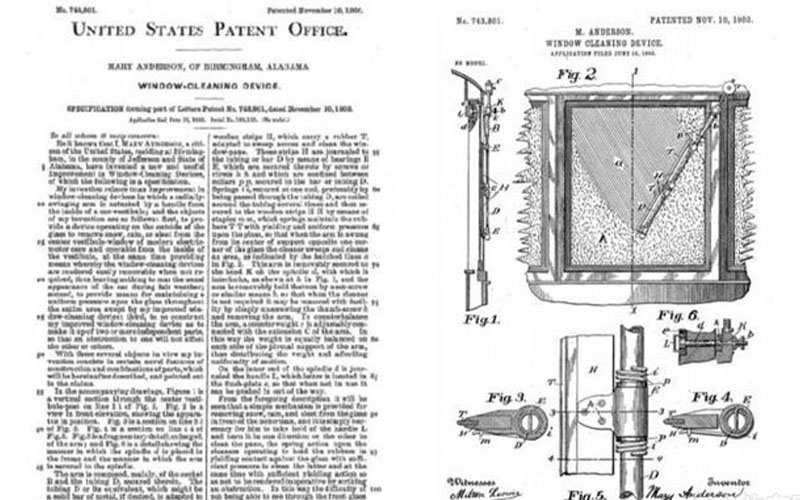
Mary was very excited about this idea. After being discharged from the hospital, she immediately started this research, and a year later she invented a windshield wiper and installed it on her car. This invention is very simple, that is, a sponge is tied to a steel rod with a hole punched through the car glass. When driving on rainy days, the driver can turn the lever to let the sponge close to the glass wipe the rain. But this is very dangerous. On rainy days, drivers can't see clearly ahead. If they keep turning the lever with their hands, it is more likely to be dangerous.
So Mary continued to think about improving this device and invented a rotating rod with a spring, so that the wiper can automatically wipe the rain many times after it is wound up once. Later, she named this wiper device a windshield wiper and applied for an invention patent. The device is described in the patent specification as a "window cleaning device." This earliest wiper device was used on many early models.
At about the same time, Irish inventor James Henry Apjohn also invented a wiper device that can clean the front windshield up and down and applied for a patent in the UK. Since then, many inventors have applied for patents for their own wiper devices. Around 1910, a woman named Charlotte Bridgford invented the electric wiper, announcing that the wiper entered the technical exploration stage.
The development of windshield wipers
Although many car manufacturers were not interested in windshield wipers at first, as the technology gradually matured, windshield wipers became possible to be mass-produced and became more and more part of people's car life. By 1911, windshield wipers had become a necessity in car accessories.
In 1917, John R. Oishei founded Tri-Continental and invented the first two-stage wiper "Rain Rubber". This wiper design was basically adopted by modern cars, and Tri-Continental became the leading company in the windshield wiper manufacturing industry at that time.
In 1919, William M. Folberth founded Folberths Cleveland and invented the first automatic wiper. However, it also requires manual continuous pressing of a button to wipe the rain, and it cannot be said to be fully automatic, so few people are willing to buy it. The long-term bleak sales situation eventually led to its inferior strength to Tri-Continental and was acquired by the latter.
After the expansion, Tri-Continental then developed a new type of vacuum wiper. It is driven by a vacuum pump to automatically wipe water, but the wiper blades tend to swing unstably with the change of vehicle speed, especially when the car climbs a slope, the wiper blades will stop, blurring the driver's vision. The current intermittent wiper evolved from this principle.
In the late 1920s, the electric wiper technology invented by Charlotte Bridgford was bought by the later parts giant Bosch. At that time, Bosch was working hard to expand its overseas market. After the technology was put into production, its branch in Tienen, Belgium, quickly grew into one of the top wiper manufacturers at the time, producing 350,000 wiper arms every day.
In 1957, Ford asked Dicken and his colleagues to design a wiper system that allows two wipers to work in parallel. This opened up the dual wiper blade mode that is common in modern times. Subsequently, electric dual parallel wipers became the brand standard of Mercury and Lincoln, and were immediately accepted by the market.
Classification of wipers
At present, the common wipers on the market usually have three types of movement, namely parallel, opposite and cross. Single-arm wipers are less used at present and are generally found on some small cars.
In terms of installation location, in addition to the front windshield wiper, there is also a rear wiper at the rear windshield of the car, which can usually be seen on hatchbacks, station wagons, SUVs, and some small trucks.
Of course, in addition to the body, the headlights of the car were also equipped with headlight wipers a long time ago. But now this technology has been replaced, and many models use high-pressure spray to clean the lights.
Nowadays, many models are equipped with more advanced wipers, such as inductive wipers, which can automatically adjust the speed of wiper swing according to the amount of rain; Mercedes-Benz's water-spraying wiper blades are designed with a row of small holes on the wiper blades to spray glass water evenly on the glass, so as to achieve the purpose of not blocking the line of sight, better spraying effect, and saving glass water. It can be said that the development process and types of wipers are much more complicated than we imagined. Today's windshield wipers are already very mature, but this does not mean that they will stop improving. Perhaps one day in the future, windshield wipers will be more convenient, practical, and even have unexpected functions.

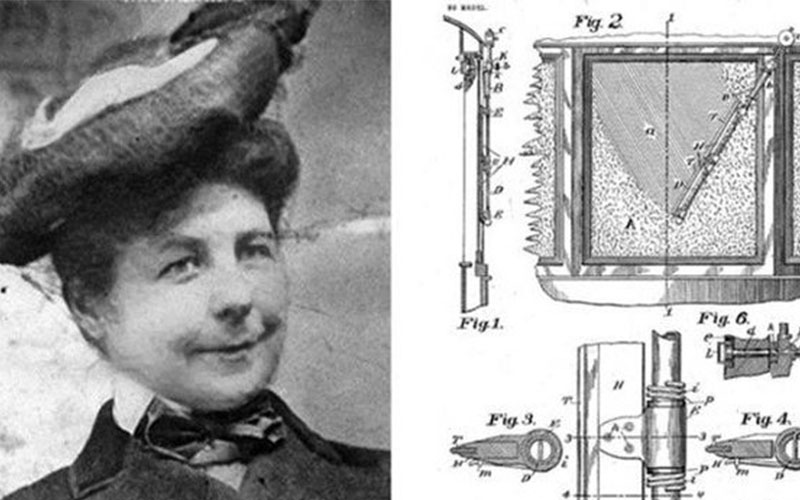

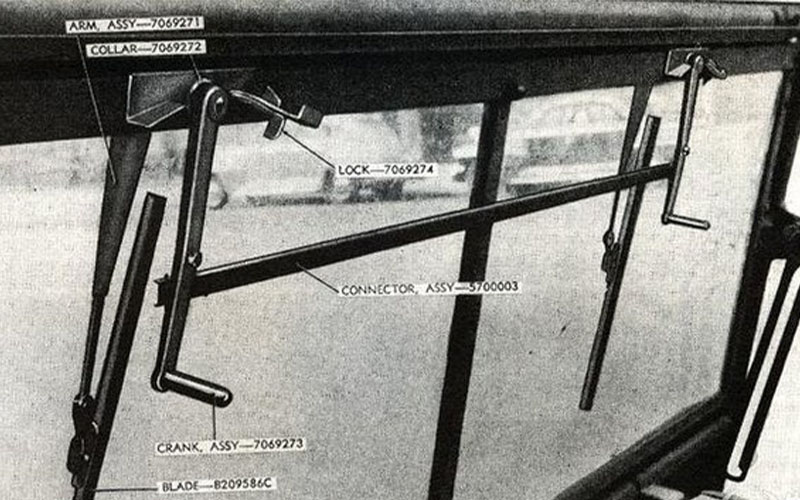
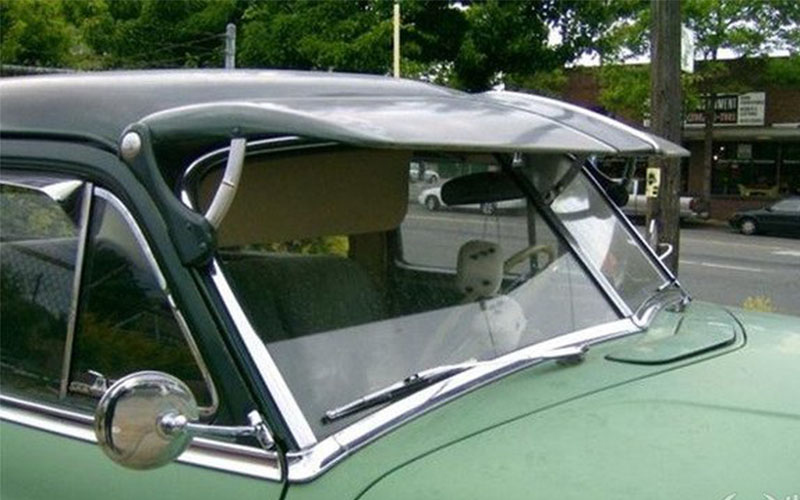

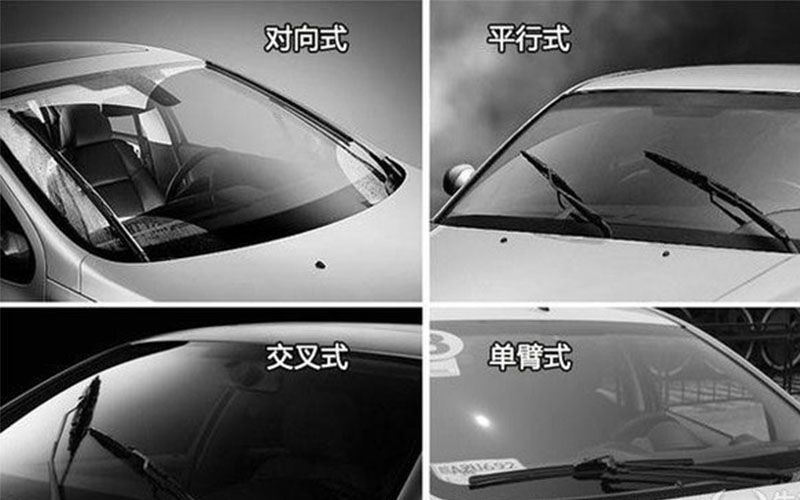

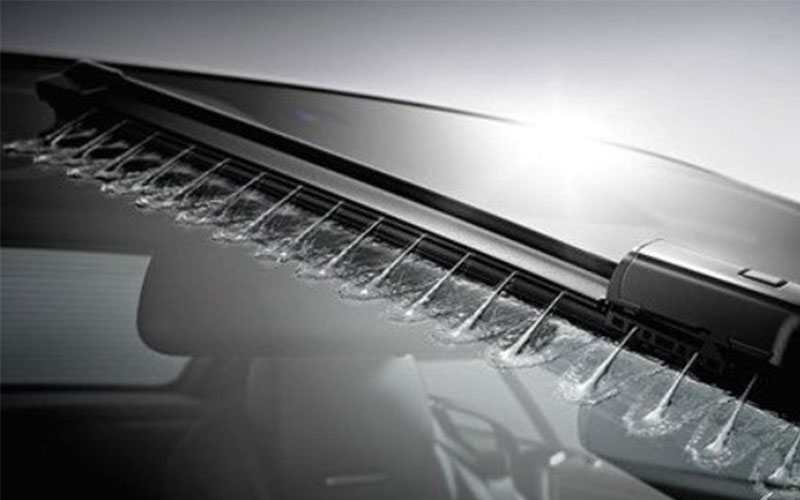

.jpg)


.jpg)
.jpg)

.jpg)



